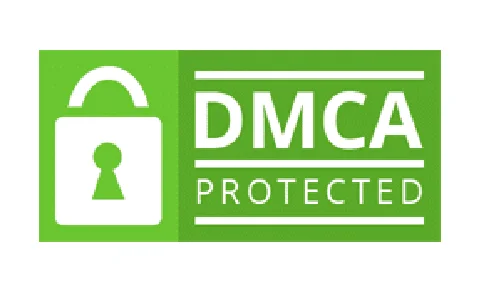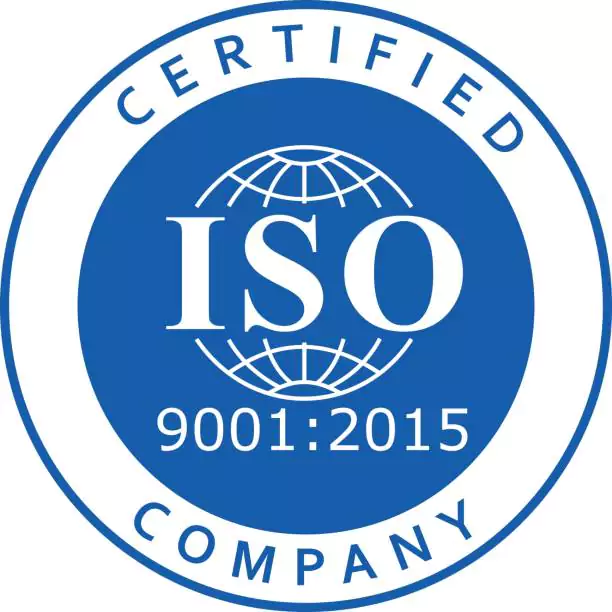Emergency medical equipment market is estimated to be valued at USD 26.56 Bn in 2024 and is expected to exhibit a CAGR of 6.6% over the forecast period (2024-2031). The growth of the market can be attributed to the increasing prevalence of chronic diseases such as cardiovascular diseases, cancer, and diabetes and growing geriatric population. Furthermore, the increasing number of road accidents globally is requiring advanced emergency medical equipment to treat patients at the accident site.
Market Dynamics:
The rising prevalence of chronic diseases is one of the major drivers of the global emergency medical equipment market. Chronic diseases, such as cardiovascular diseases, cancer, and diabetes, have become highly prevalent worldwide. As per estimates of World Health Organization, chronic diseases accounted for over 70% of all deaths worldwide in 2019. The treatment and management of such chronic conditions requires emergency medical equipment such as defibrillators, wheelchairs, and oxygen masks. Moreover, the rapidly increasing geriatric population is also leading to growth in the chronic disease burden across regions. According to United Nations, the number of people aged 65 years and above is expected to double from 703 million in 2019 to 1.5 billion in 2050. The elderly population is more prone to develop chronic conditions and require immediate medical care and emergency equipment.
Increasing number of accidents and trauma cases boosting market revenues
The number of road accidents, burn injuries, fall-related injuries, and trauma from violence have been on the rise worldwide. Emergency care is extremely crucial for the treatment and management of these kinds of severe injuries. Equipment such as ambulances, trauma injury kits, oxygen tanks, stretchers, resuscitators, defibrillators, etc. see significant demand from emergency medical services and trauma centers. With more accidents and increasing medico-legal risks, governments and healthcare systems are also placing greater emphasis on pre-hospital and emergency care.
Growing prevalence of chronic and lifestyle diseases driving market growth
The prevalence of chronic diseases such as cancer, diabetes, cardiovascular diseases, and respiratory diseases has been steadily increasing across the world. This is attributed to factors such as rising geriatric population, changing lifestyle habits involving sedentary work routines and unhealthy diets, rising obesity rates, and increased environmental pollution. Chronic diseases often require emergency medical care and treatment. For example, patients suffering from cardiac arrests, diabetes-related complications, or acute asthma/COPD attacks need emergency medical equipment like defibrillators, ventilators, ambulances, etc.
Lack of skilled healthcare professionals restricting market potential
While the need and demand for emergency medical services have grown exponentially, most developing regions still suffer from an acute shortage of trained doctors, nurses, paramedics, and technicians specializing in emergency care. Providing quick and quality emergency care requires a significant amount of clinical skills, judgment, teamwork, and experience - which takes time to develop. The lack of trained staff hampers the full potential and growth of the emergency medical equipment industry. It also adversely impacts clinical outcomes in critical situations. Governments worldwide are still grappling with challenges in emergency healthcare workforce development and management.
High costs of emergency medical equipment hindering widespread adoption
Emergency medical devices ranging from simple trauma supplies and patient monitors to advanced life support ventilators, defibrillators, and CT scanners are generally very expensive. The high capital and maintenance costs of equipment pose a major hurdle, especially for cash-strapped public healthcare systems in developing economies. The associated costs of emergency medical services such as ambulance transfers and emergency room operations are also massive. Limited medical budgets and lower reimbursement rates make it difficult for many hospitals and emergency facilities to procure state-of-the-art equipment on a large scale. This acts as a major restraining factor for the global emergency medical equipment industry.
Rising investments in emergency healthcare infrastructure open new opportunities
In response to growing disease burdens and recognizing the strategic importance of robust emergency systems, many governments and private organizations are significantly raising their investments in emergency medical infrastructure development. Mega trends like expanding medical tourism offerings by several nations are also generating more capital flows. This has opened up huge opportunities for manufacturers of emergency equipment like emergency vehicles, emergency supplies, emergency department accessories, trauma equipment, etc. Advanced nations are increasingly outsourcing production to capitalize on low labor costs as well. Partnerships for equipment R&D and manufacturing between developed and developing countries offer win-win opportunities too.
Link: https://www.coherentmarketinsights.com/market-insight/emergency-medical-equipment-market-2161
Key Development
- In January 2023, Cipla, a global pharmaceutical company, announced that it had launched Cippoint, a diagnostic device for various conditions including diabetes, infectious diseases, and thyroid function. Cippoint, a point of care testing device, that offers a wide range of parameters metabolic marker, inflammation, etc.
- In December 2023, the National Board of Examinations in Medical Studies (NBEMS), an autonomous body under the Ministry of Health and Family Welfare, announced the launch of a nationwide awareness programme on cardiopulmonary resuscitation (CPR) training. The announcement by the Health Ministry comes following a recent rise in the number of cases of heart attacks across the country with the latest data from the National Crime Records Bureau (NCRB) stating that deaths due to cardiac arrests saw a 12.5% rise, from 28,413 in 2021 to 32,457 in 2022.
- In June 2020, Safeguard Medicals, a leading healthcare organization, announced the acquisition of PERSYS MEDICAL, an emergency medical provider. The acquisition expanded Safeguard Medicals’ product offerings and global footprint.
- In April 2020, Stryker, one of the world’s leading medical technology companies, developed a low-cost, limited-release emergency response bed to quickly aid healthcare providers with efficient care during the COVID-19 pandemic. Stryker’s emergency relief bed is a readily available solution intended to serve those on the front lines – ranging from hospital emergency departments to triage and pop-up areas of care and is low-cost. It has a thick foam surface of six inches having a 30-degree head feature.
Key Players: 3M, Abbott, Asahi Kasei Corporation, B. Braun SE, Cardinal Health, GE Healthcare, Henry Schein, Inc., Stryker , BD, Smith & Nephew, Koninklijke Philips N.V. , ConvaTec Inc., Terumo Corporation, Boston Scientific Corporation, Merit Medical Systems, Medtronic, GE Healthcare, and Baxter






